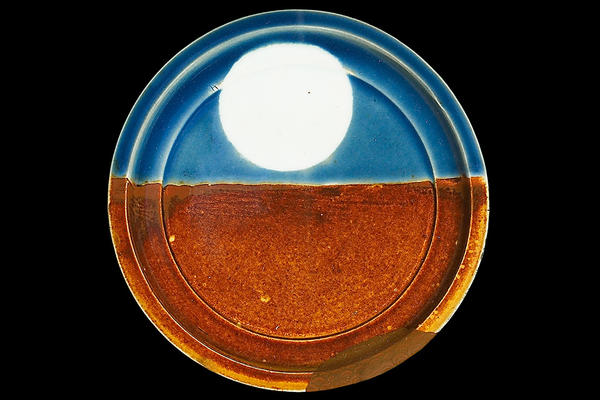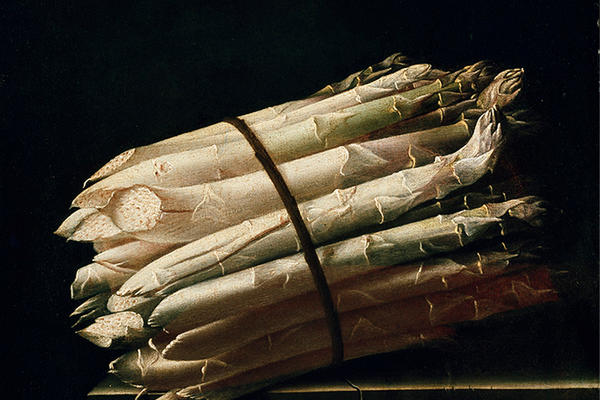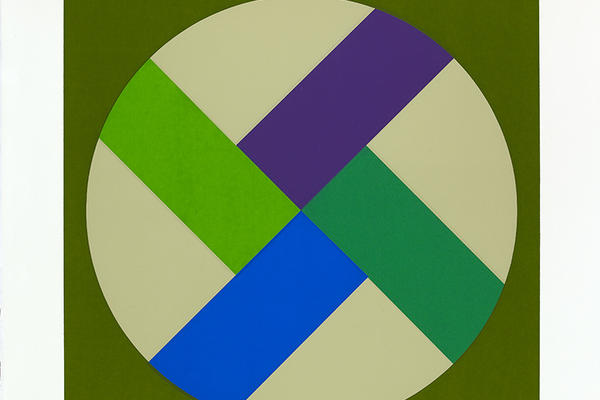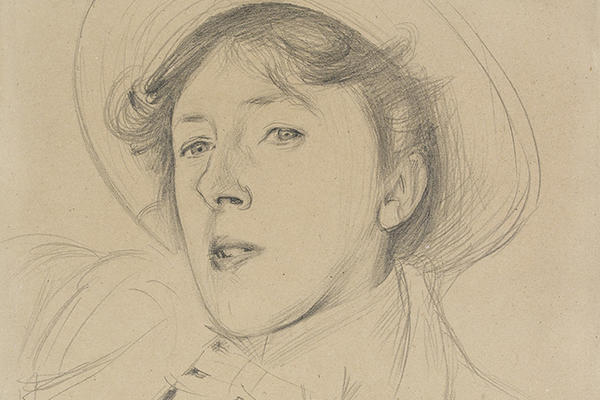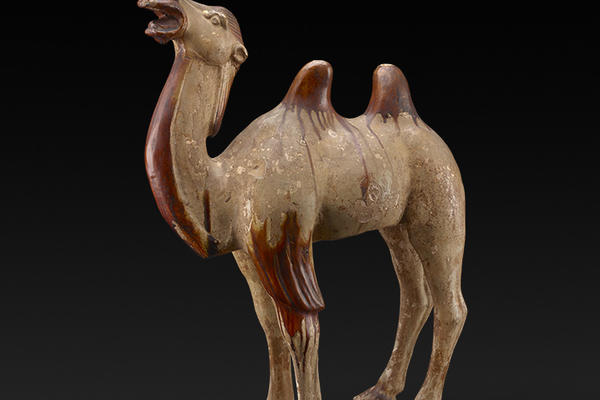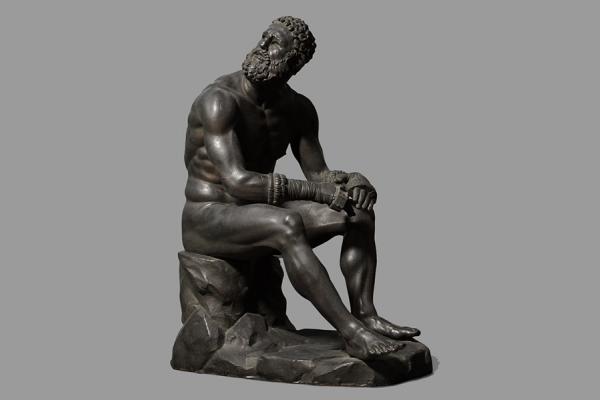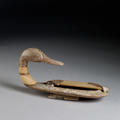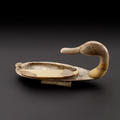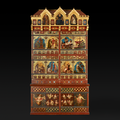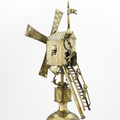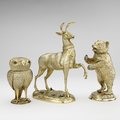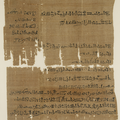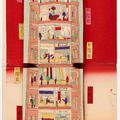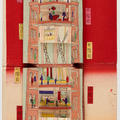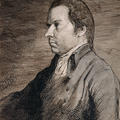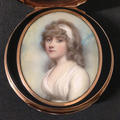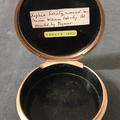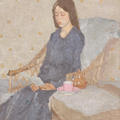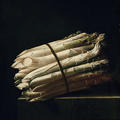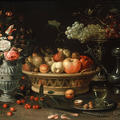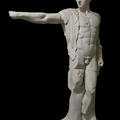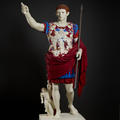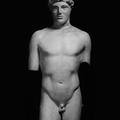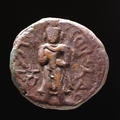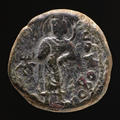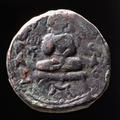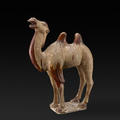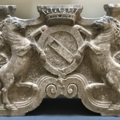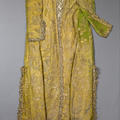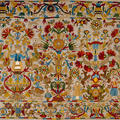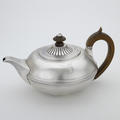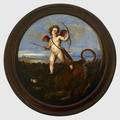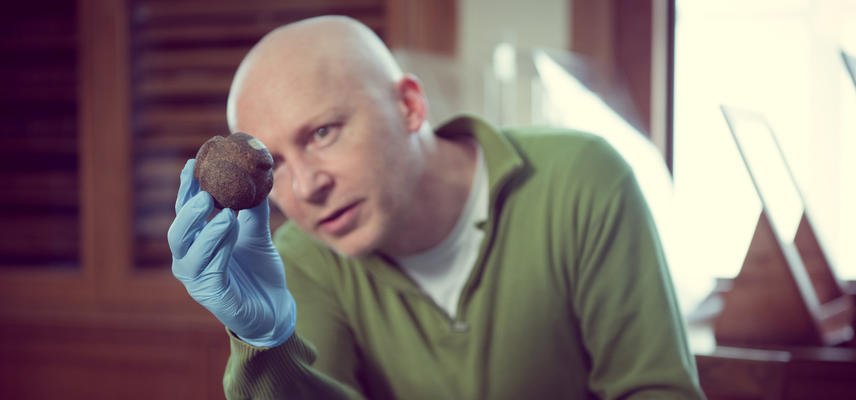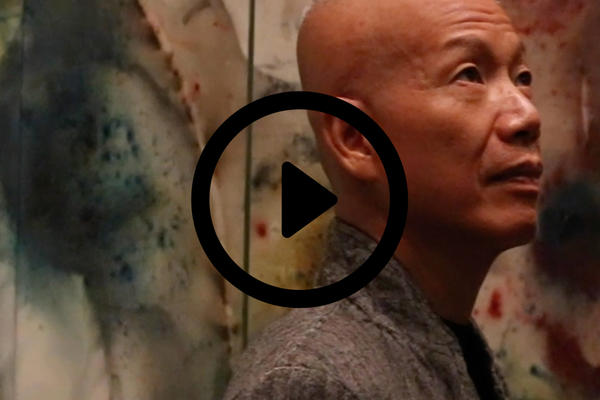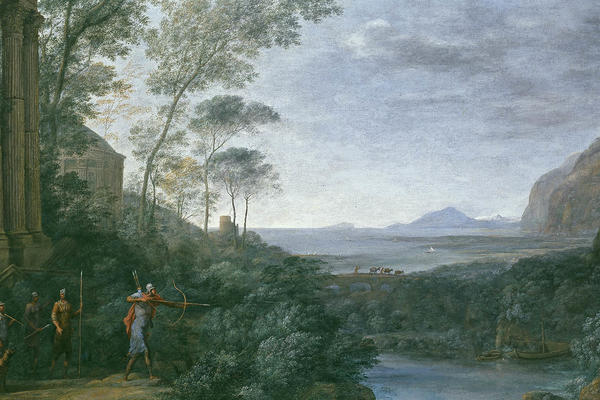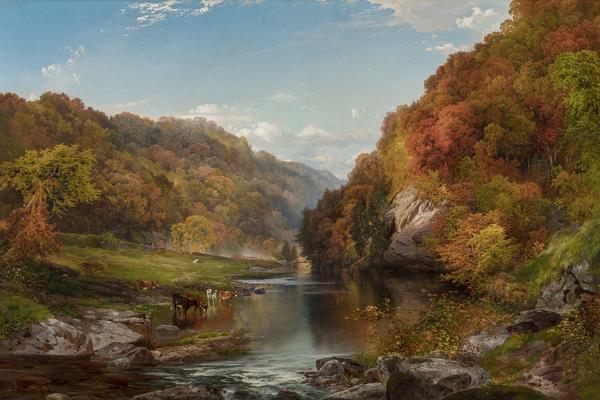MUSEUM SECRETS
What can asparagus teach us about life?
Why do some classical sculptures have removable genitalia?
And how did a camel sculpture escape the Nazis?
Our curators are recording bite-sized tales of the wonderful, and sometimes unexpected, life of a museum. Find Museum Secrets on Spotify, iTunes, or wherever you get your podcasts, or listen to the episodes below.
LISTEN TO THE PODCAST HERE
For transcripts, please visit individual episode pages.
EPISODE GUIDE – SERIES 2
Lots of objects in the Ashmolean have got secrets hidden under their surface. Join the Ashmolean’s Conservation Research Fellow and colour detective Tea Ghigo, as she looks at a special bookcase with a suspicious shade of turquoise on it. Armed with an X-ray spectrometer and an infrared camera, she’s managed to find something strange lurking beneath the blue. When Tea looks at this bookcase, she sees a Venetian carnival and smells citrus fruits. What about you?
Click on the image tile, below, to view the object mentioned in this episode, or click on the link here to read more about it.
Lockdown is slowly lifting, and this week, the pubs will be opening outdoors again in Oxford. To get us in the right frame of mind, curator Matthew Winterbottom takes us on a tour of historical drinking games in the Ashmolean. We meet a windmill in the silver gallery, with more to it than meets the eye.
Click on the image tiles, below, to view the cups mentioned in this episode, or click on the links here to read more about them.
- Cup in the form of a windmill
- Cup in the form of an owl
- Cup in the form of a bear
- Cup in the form of a stag
Meet Naunakhte, an Ancient Egyptian mother who has a bone to pick. There are only a handful of surviving records of the voices of Ancient Egyptian women, and here in the Ashmolean, we have one of them. Her last will and testament reveals a story of a family argument which still sounds familiar over three millennia later.
Click on the image tile, below, to view a section of the papyrus mentioned in this episode.
Join Clare Pollard, the Curator of Japanese Art, as she gives us a tour of Japan’s first skyscraper, through a vibrant and intriguing print, with some hidden surprises. It tells a story of a turning point in Japanese history, and also doubles as a board game.
Click on the image tiles, below, to view details of the print mentioned in this episode, or click on the link here to read more about it.
Join An Van Camp, the Assistant Keeper of Northern European Art, as she lifts the lid on some strange boxes in the Museum's stores. Some contain witches, others devils, others letters of the alphabet wrapped in pink ribbons. They all belonged to the same man – the eccentric Francis Douce.
Click on the image tiles, below, to view details of the print mentioned in this episode, or click on the link here to read more about it.
Join teaching curator Jim Harris as he peers inside a tiny tortoiseshell box. The little box holds a secret portrait of a woman, with a lock of her hair. The tiny empty space inside is stuffed with hidden stories, about wealth and the often ugly means of making it. This polite and pretty little box has so much us to tell us about memory.
Click on the image tiles, below, to view details of the portrait mentioned in this episode, or click on the link here to read more about it.
In this episode we take a look at an understated little painting by the artist Gwen John, which hides complex depths. Gwen was one of the greatest and least known artists of the 20th century, who lived a life according to her own rules – literally. Her memos to herself are a guidebook for finding joy in solitude, and living largely and deeply on your own terms.
Click on the image tiles, below, to view details of the painting mentioned in this episode, or click on the link here to read more about it.
Join curator Matthew Winterbottom as he explores ancient beliefs about disease testing and vaccines, through the Ashmolean’s collection of toadstone rings. These bizarre pieces of jewellery have a lot to tell us about the human effort to find hope in the face of illness and uncertainty, even when it involves the strangest superstitions. And at the end of the day, it turns out that toadstones have nothing to do with toads after all…
Click on the links here to see the objects featured in this episode:
Join Mallica Kumbera Landrus, the Keeper of Eastern Art, as she introduces us to a tiny drawing made by a child genius. This scrap of paper tells a story of cultures embracing each other across vast distances and the curiosity of one exceptional 13 year old boy in Mughal India, 421 years ago.
Click on the links here to see the objects featured in this episode:
EPISODE GUIDE – SERIES 1
The Director of the University of Oxford's Ashmolean Museum, Xa Sturgis, takes a walk around the museum's Still Life Gallery, pondering over time and asparagus.
Click on the image tiles, below, to view the two paintings in this episode, or click on the links here to find out more about them on our Collections Online website.
Jim Harris, Andrew W Mellon Teaching Curator at the Ashmolean Museum, joins host Lucie Dawkins to talk about detachable genitalia in the Cast Gallery, and the history of prudishness in ancient art. Jim Harris is the Andrew W Mellon Teaching Curator at the Ashmolean.
Click on the image tile, below, to view an image of the Laocoön cast, or click on the link here to find out more about it on our Collections Online website.
In this episode, host Lucie Dawkins reveals the Ancient Greek art of styling pubic hair, and why it gives us important clues to understanding ancient sculptures.
Click on the image tiles, below, to view images of the sculptures in this episode, or click on the links here to find out more about them on our Collections Online website.
And you can read more about the New York kouros at the following link:
Shailendra Bhandare, Curator of South Asian and Far Eastern Coins, shares some very special coins with one of the first images of Buddha as a future saviour. He reflects on the way that humans have always been eager to imagine saviour figures, to help us find hope in dark times.
Click on the image tiles, below, to view images of the coins of Kanishka mentioned in this episode.
Lena Fritsch, the Ashmolean Museum’s Curator of Modern and Contemporary Art, shares a story about the colourful prints of Peter Hedegaard. In them, she found a hidden connection with her own father, and a secret story about love and friendship that crosses borders.
Click on the image tiles, below, to view images of the prints by Peter Hedegaard mentioned in this episode.
Podcast host Lucie Dawkins takes us to meet a Tang Dynasty Camel, who came to Oxford in the suitcase of a Jewish refugee Paul Jacobstahl.
Click on the image tile, below, to view an image of the Tang Dynasty Camel, or click on the link here to find out more about it on our Collections Online website.
Alison Pollard, Lecturer at Oxford University, takes us to meet a very special marble table in the Ashmolean’s Arundel Collection, which was repurposed as a tombstone for a beloved pug dog.
Click on the image tiles, below, to view images relating to Doug the Pug and the table legs and top mentioned in this episode.
Clare Pollard, Curator of Japanese Art, introduces us to a beautifully broken Japanese plate, and Head of Conservation, Daniel Bone, takes us inside the conservation labs and tells us about the art of caring for the beautiful and the broken objects in the collection.
Click on the image tile, below, to view an image of the Japanese kintsugi plate mentioned in this episode, or click on the link here to find out more about it on our Collections Online website.
And you can read more about the Ashmolean's Conservation department at the following link:
Textiles Conservator Sue Stanton reveals a green and gold Turkish wedding gown, which she uncovered deep in the storerooms of the Ashmolean. It contains a story of the dangers of too much light.
Click on the image tile, below, to view an image of the Turkish wedding gown mentioned in this episode, or click on the link here to find out more about it on our Collections Online website.
And you can read more about the Ashmolean's Conservation department at the following link:
Francesca Leoni, the Ashmolean’s Curator of Islamic Art, tells the story of an up-cycled Cretan wedding dress which found its way to the UK as a cushion cover.
Click on the image tile, below, to view an image of the embroidered cushion cover mentioned in this episode, or click on the link here to find out more about it on our Collections Online website.
And you can view our Mediterranean Threads exhibition online at the following link:
Aisha Burtenshaw, Head of Registrars and Exhibitions, takes us on a trip around the world with objects from the Ashmolean Museum.
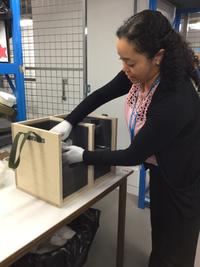
The Andrew W Mellon Teaching Curator Jim Harris tells us the story of a silver teapot hiding a rude joke underneath it.
Click on the image tile, below, to view an image of the teapot mentioned in this episode, or click on the link here to find out more about it on our Collections Online website.
Podcast host Lucie Dawkins takes a look at John Singer Sargent’s drawing of Vernon Lee in the Ashmolean Collection. Vernon was a genderqueer trailblazer who invented the word ‘empathy’ in the English language.
Click on the image tile, below, to view an image of the drawing mentioned in this episode, or click on the link here to find out more about it on our Collections Online website.
Catherine Whistler, Keeper of the Western Art Department, introduces us to Titian’s Triumph of Love, an amusing painting which hides a secret: it was once the cover of a portrait of one of the most formidable women in Venice.
Click on the image tile, below, to view an image of the painting mentioned in this episode, or click on the link here to find out more about it on the Art UK website.
Shelagh Vainker, the Curator of Chinese Art, introduces us to Miao Jiahui, the ‘ghost painter’ of the Chinese Empress Dowager. The Ashmolean holds a rare painting of some peonies, in which she came out of the shadows by signing her name as the artist.
Click on the image tile, below, to view an image of the painting mentioned in this episode, or click on the link here to find out more about it on our Collections Online website.
"Just perfect! A wonderfully clever way to be introduced to items in the Ashmolean’s collection."
"Eye opening! Illuminating short podcasts about fascinating objects."
"Wonderful, entertaining and informative. They make me want to visit the Ashmolean very much!"
"Just listened to this – it made me cry! These podcasts are superb – uplifting and inspiring."
"I love listening to these podcasts, a little piece of calm in these frazzled times."
"This series has been brilliant! Can’t wait for the next one."
Just a handful of reviews from our podcast listeners


